i have an image with multiple red rectangle image extraction and output is good.
i'm using https://github.com/autonise/CRAFT-Remade for text-recognition
original:
my image:
i try to extract text only in all rectangle with pytesserac but without success. output result :
r
2
aseeaaei
ae
How we can extract text from this image correctly with accuracy?
part of code:
def saveResult(img_file, img, boxes, dirname='./result/', verticals=None, texts=None):
""" save text detection result one by one
Args:
img_file (str): image file name
img (array): raw image context
boxes (array): array of result file
Shape: [num_detections, 4] for BB output / [num_detections, 4] for QUAD output
Return:
None
"""
img = np.array(img)
# make result file list
filename, file_ext = os.path.splitext(os.path.basename(img_file))
# result directory
res_file = dirname + "res_" + filename + '.txt'
res_img_file = dirname + "res_" + filename + '.jpg'
if not os.path.isdir(dirname):
os.mkdir(dirname)
with open(res_file, 'w') as f:
for i, box in enumerate(boxes):
poly = np.array(box).astype(np.int32).reshape((-1))
strResult = ','.join([str(p) for p in poly]) + '\r\n'
f.write(strResult)
poly = poly.reshape(-1, 2)
cv2.polylines(img, [poly.reshape((-1, 1, 2))], True, color=(0, 0, 255), thickness=2) # HERE
ptColor = (0, 255, 255)
if verticals is not None:
if verticals[i]:
ptColor = (255, 0, 0)
if texts is not None:
font = cv2.FONT_HERSHEY_SIMPLEX
font_scale = 0.5
cv2.putText(img, "{}".format(texts[i]), (poly[0][0]+1, poly[0][1]+1), font, font_scale, (0, 0, 0), thickness=1)
cv2.putText(img, "{}".format(texts[i]), tuple(poly[0]), font, font_scale, (0, 255, 255), thickness=1)
# Save result image
cv2.imwrite(res_img_file, img)
after your comment, here's result:
and tesseract result good for first test but not accuracy :
400
300
200
“2615
1950
24
16






